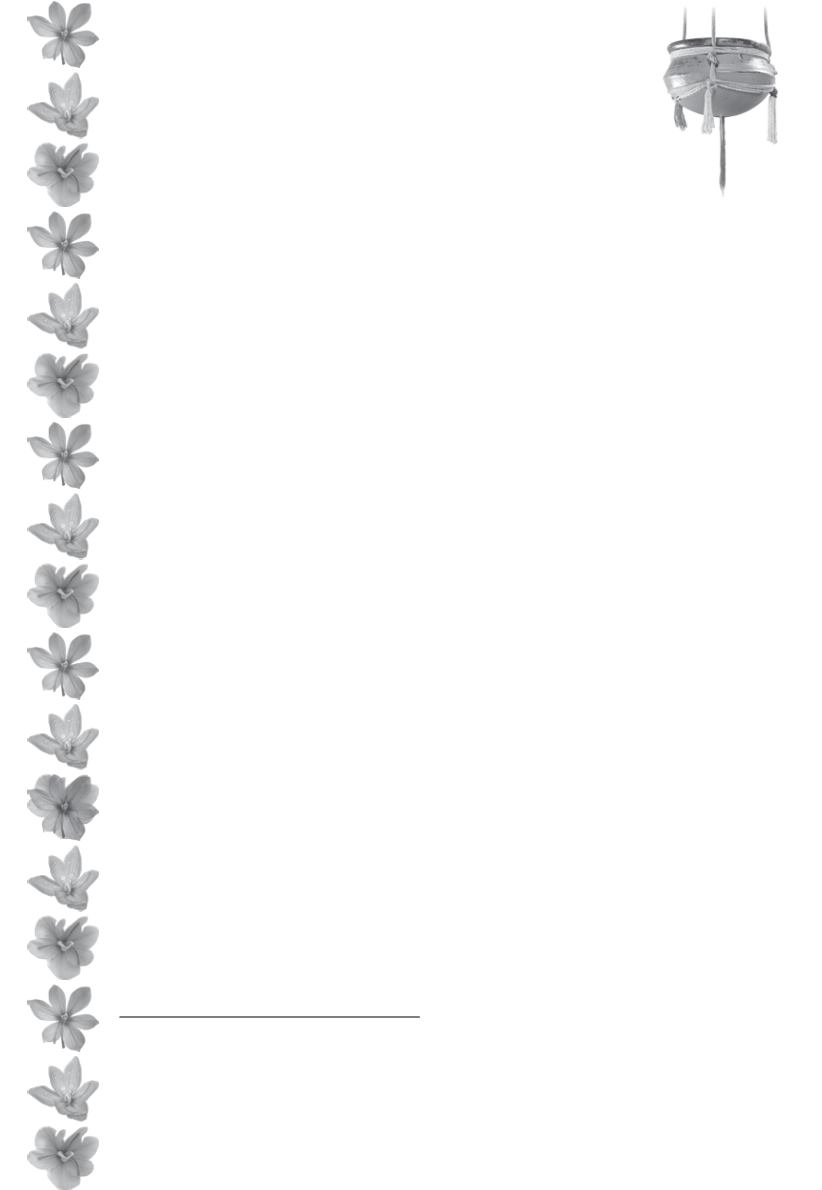
Ayurveda
: Ancient Heritage in the Age of Globalisation
159
Now coming back to the Ayurveda and its
significance, one can never ignore several passages in Pali
Tipitaka which shows close connection of Buddha with
the fundamentals of Ayurvedic way of healing and
healthcare. The sheer appointment of Jivaka for the
regular medical check-up and care of the Bhikkhus in the
Sangha (other than his own great service to cure Buddha
at several occasions) and the former’s subsequent shifting
to an abode next to the Bhikkhu community’s dwelling in
Rajgrha (Rajagaha in Pali). Buddha himself is found
referring to the value of helpfulness for those who are sick
and disabled
22
. At least two Jatakas describe the storage of
medicinal herbs and traditional healthcare products on
regular basis in Buddhist monasteries
23
. A later (first
century BCE) text refers to the surgical operations based
on the principles of Ayurveda
24
. The celebrated Ayurvedic
principle for the diagnosis and cure viz.,
vata
,
pitta
and
kafa
(wind, bile, and phlegm)
25
. This trend of belief and
faith in Ayurveda continues later on constantly in various
Mahayanic as well as Theravadin sources both in India
and abroad
26
. Here, how we can forget the presentation of
Buddha himself as aBhaisajya-guru (theGuruofMedicine)
in both textual and anthromorphic art forms both in India
and overseas Buddhist cultures? He is also a practising
22
Mamsa Jataka
315.3.48;
Chullakalinga Jataka
301.3.2
23
Apannaka Jataka
1.1.95;
Gandhara Jataka
406.3.363


